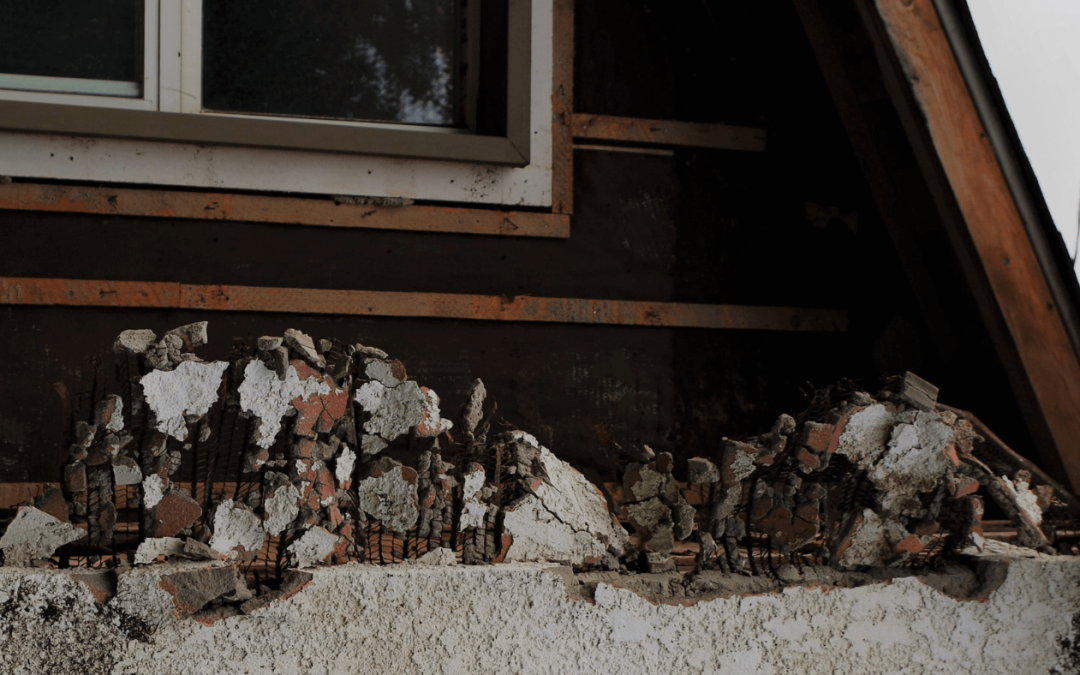Most people have an understanding of asbestos and its dangers, but there is a reason why it is known as “the hidden killer.” Being hidden in everyday building materials, it was widespread in over 3,000 building products, but blue, brown, and asbestos-containing products were banned in Australia in the mid-1980s, and the manufacturing and imports of products with white asbestos were banned on December 31st 2003. Despite the extra regulations to ensure Australia does not go back to asbestos, asbestos is still present in many different structures, and if your home was built before the 1990s, it is very likely to contain some form of asbestos. It is essential to understand the key features of asbestos, so how can you identify it?
What does asbestos look like?
There are three different types of asbestos, crocidolite (blue), amosite (brown), and chrysotile (white), but despite their names, you cannot merely identify asbestos problems based on the colour they give off due to asbestos being microscopic in size. In fact, you can only identify these fibres under a microscope.
Can you identify asbestos-containing materials?
Asbestos is found in hundreds of building materials such as adhesive, insulation, cement, cladding, and so much more, but unfortunately, it does not contain any distinguishing features because asbestos is invisible to the naked eye.
How do you identify asbestos?
As it is invisible and you cannot smell it, you can only identify the presence of asbestos with the following methods:
Understanding the age of the property
As asbestos was banned in the mid-1980s and as asbestos has not been used in buildings since the early 1980s, if you have a property built prior to the early 1980s, there is a chance that you may uncover asbestos within the property in a number of building components, such as:
- Insulation.
- Ceilings.
- Drywall.
- Siding.
- Air conditioning.
- Boiling pipe insulation.
- And many more.
Asbestos testing
If you suspect asbestos problems in your property, the only way to know for sure is to conduct thorough testing. You can find companies that provide an asbestos sample testing service. They will gather information about the building structure, including the date it was built, which can give a good indication of whether the materials are likely to contain asbestos, and can go about the process of asbestos removal.
Additionally, it is possible to purchase an asbestos testing kit or drop off a sample, either by placing a piece of material in a clip-lock sealed bag or with an asbestos testing kit.
What should you do if you uncover asbestos?
If you suspect asbestos problems, there are some steps you can take to ensure that you protect yourself and anyone around:
- Warn anybody who might be affected.
- Identify the cause of the release.
- Make sure anybody in that area leaves immediately.
- Prevent the spread of asbestos by ensuring anyone in that area is decontaminated suitably and quickly, for example, by having a shower and washing hair.
- Clean up any dust or debris, for example, if there is any on clothing, it must be wiped down with damp rags and disposed of as asbestos waste.
- Provide proper warnings, especially if you are a builder or contractor, providing warning signs is critical to ensure that nobody steps into the affected area.
When it comes to asbestos removal, it is essential that you do not attempt to remove it yourself as this runs the risk of disturbing the fibres and exposing them to the air, which can be inhaled. If an individual inhales asbestos, the signs of asbestos are developed within 20 or 30 years of initial exposure, or if someone has been exposed to asbestos over a long period of time, it could be as little as a decade for symptoms to show. These include chest tightness, persistent dry cough, and shortness of breath. Additionally, there could be clubbing (swelling) of the toes and fingertips.
Asbestos is a deadly material that should not be tampered with at any point. Because you cannot see the signs of asbestos in the air, cannot identify it by colour, and cannot smell it, it is important to be treated as a silent killer that must be dealt with properly and professionally. As you can see, asbestos is a material that should not be handled without the right support. If you have concerns about asbestos, at About The House, we provide invaluable support that can help you with any asbestos problems. If you would like to book a consultation, you can get in contact with us via telephone or fill out our online form.
